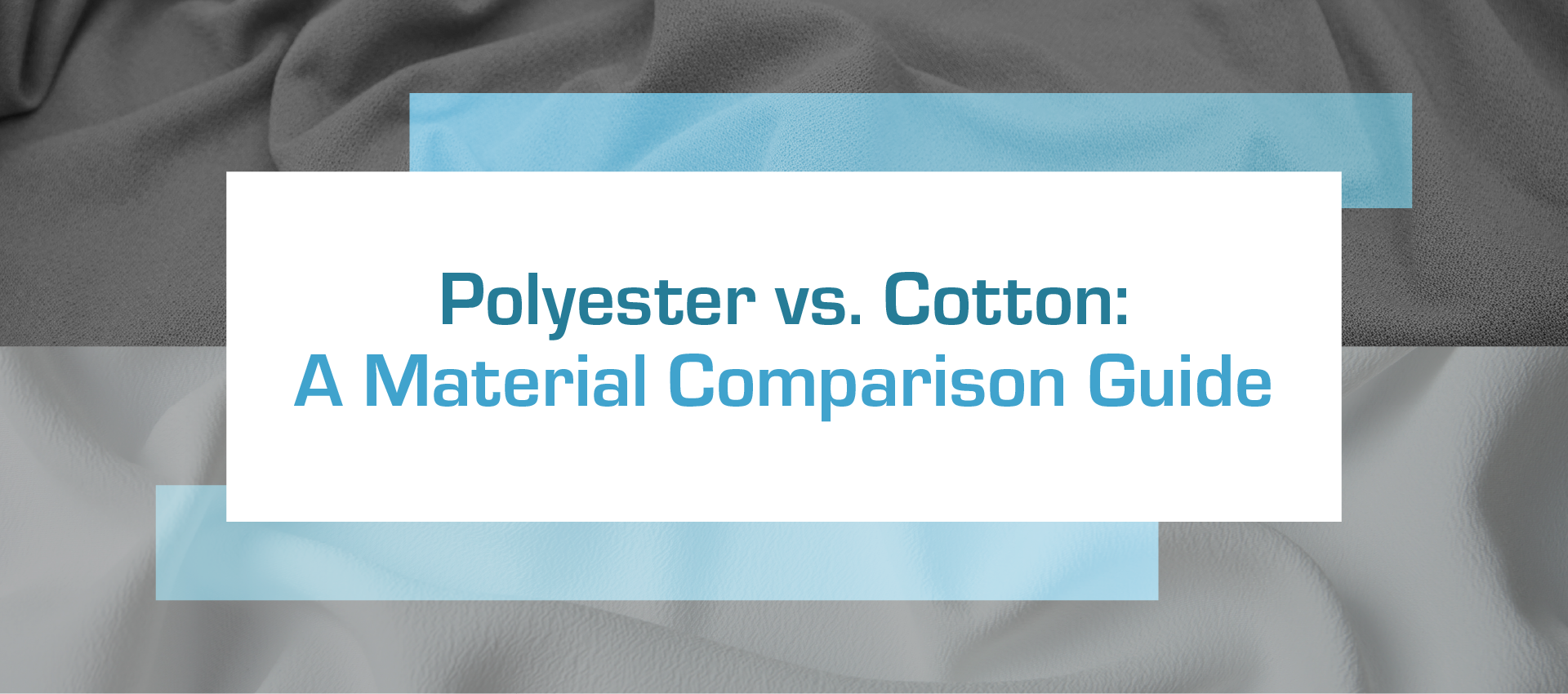Aerospace Welding: How RF Welding Improves Safety
The Unique Challenges of Aerospace Welding
Welding in aerospace manufacturing comes with a unique set of challenges. From harsh environmental stressors to intricate material requirements, each weld must be carefully designed and executed to prevent leaks and protect sensitive components in extreme environments. Below are key challenges that highlight why advanced methods like RF welding are often essential to ensure aerospace safety.
Extreme Environmental Conditions
Aerospace components face some of the most demanding operating environments on the planet—and beyond. These systems must withstand high altitudes, drastic temperature fluctuations, pressurization cycles, and intense vibrations. Welding methods used in this industry must ensure bonds that remain reliable and airtight across all these conditions to maintain performance and protect internal systems, a crucial aspect of aerospace safety.
High Standards for Leak Prevention
Leak prevention isn't just a performance metric; it's a safety imperative. Sealing fuel bladders, protecting avionics, and containing pressurized systems all require exceptional weld integrity. Any failure in these areas can lead to catastrophic outcomes. RF welding provides seamless, continuous seals that help eliminate paths for leaks, supporting the integrity of fluid containment and pressurization in critical aerospace systems and contributing to overall aerospace safety.
Material Complexity
Aerospace products often involve advanced composites and thermoplastics engineered for lightweight strength and durability. These materials can be sensitive to heat or mechanical stress, making them difficult to join with traditional welding techniques. RF welding excels here, providing a controlled, low-impact process that preserves material properties while delivering consistent, durable, and leak-proof bonds that reinforce aerospace safety.
Traditional welding methods can sometimes fall short in addressing these exacting requirements. That’s where
Radio Frequency (RF) welding provides a distinct advantage.
Benefits of RF Welding in Aerospace Applications
RF welding, also known as dielectric sealing or heat sealing, uses high-frequency electromagnetic energy to fuse materials at a molecular level. This creates a uniform, airtight, and watertight bond without introducing foreign substances like adhesives or fasteners. For aerospace manufacturers, the benefits are clear:
- Consistent Seals: RF welding delivers repeatable results with minimal variability, ensuring dependable performance in critical applications.
- Lightweight Bonding: Because it doesn't require mechanical fasteners, RF welding helps reduce overall weight, a crucial factor in aerospace design and fuel efficiency.
Material Compatibility: RF welding is ideal for thermoplastics, allowing for the bonding of flexible and semi-rigid materials often used in aerospace interiors, insulation, and containment systems.
Real-World Aerospace Applications of RF Welding
RF welding is used in a variety of aerospace components that demand precision, leak protection, and durability. These include:
- Inflatable emergency evacuation slides and life rafts
- Flexible fuel bladders and containment systems
- Protective covers for avionics and instrumentation
- Environmental control system ducts and seals
Each of these applications benefits from the airtight and flexible properties of RF-welded seams, making them more reliable under extreme operating conditions and vital to maintaining aerospace safety and performance.
Why RF Welding Enhances Safety in Aerospace
In aerospace, safety is non-negotiable. RF welding supports this imperative by ensuring uniform, high-integrity seals that resist failure even under stress. The absence of stitched seams or adhesives reduces the risk of weak points or chemical breakdown. Additionally, RF welding allows for precise control over the welding process, ensuring every product meets exact design and safety standards while enhancing protection for sensitive internal components and supporting aerospace safety at every level.
Reducing Risk of Mechanical Failure
RF welding eliminates the variability and inconsistency often found in sewn or glued joints. This results in more uniform strength across seams and fewer opportunities for mechanical failure, particularly under the dynamic stresses of flight.
Increasing Operational Lifespan of Components
Durability is critical in aerospace systems. RF-welded components are resistant to wear, tear, and environmental degradation, which contributes to a longer service life, minimized leakage risks, and reduced maintenance needs—all enhancing long-term aerospace safety.
Enabling Innovative Product Designs
RF welding allows for more design flexibility by enabling the use of specialized materials and complex geometries. This makes it easier to innovate in areas such as modular systems, collapsible structures, and lightweight assemblies that must maintain airtight performance and meet strict aerospace safety requirements.
Supporting Compliance with Aerospace Standards
RF welding processes can be validated and repeated with high precision, making it easier to meet stringent aerospace standards and certification requirements. This ensures regulatory compliance and reinforces overall aerospace safety.
Partnering with a Trusted RF Welding Manufacturer
Carolina CoverTech brings decades of experience in RF welding for high-performance applications, including aerospace. Our team understands the rigorous demands of the industry and has the engineering expertise to deliver customized, scalable solutions. If your product must perform under pressure and require the utmost reliability, we can help you design and manufacture it to the highest standards.
Contact us to learn how our RF welding capabilities can support your aerospace project with dependable performance and enhanced aerospace safety.




